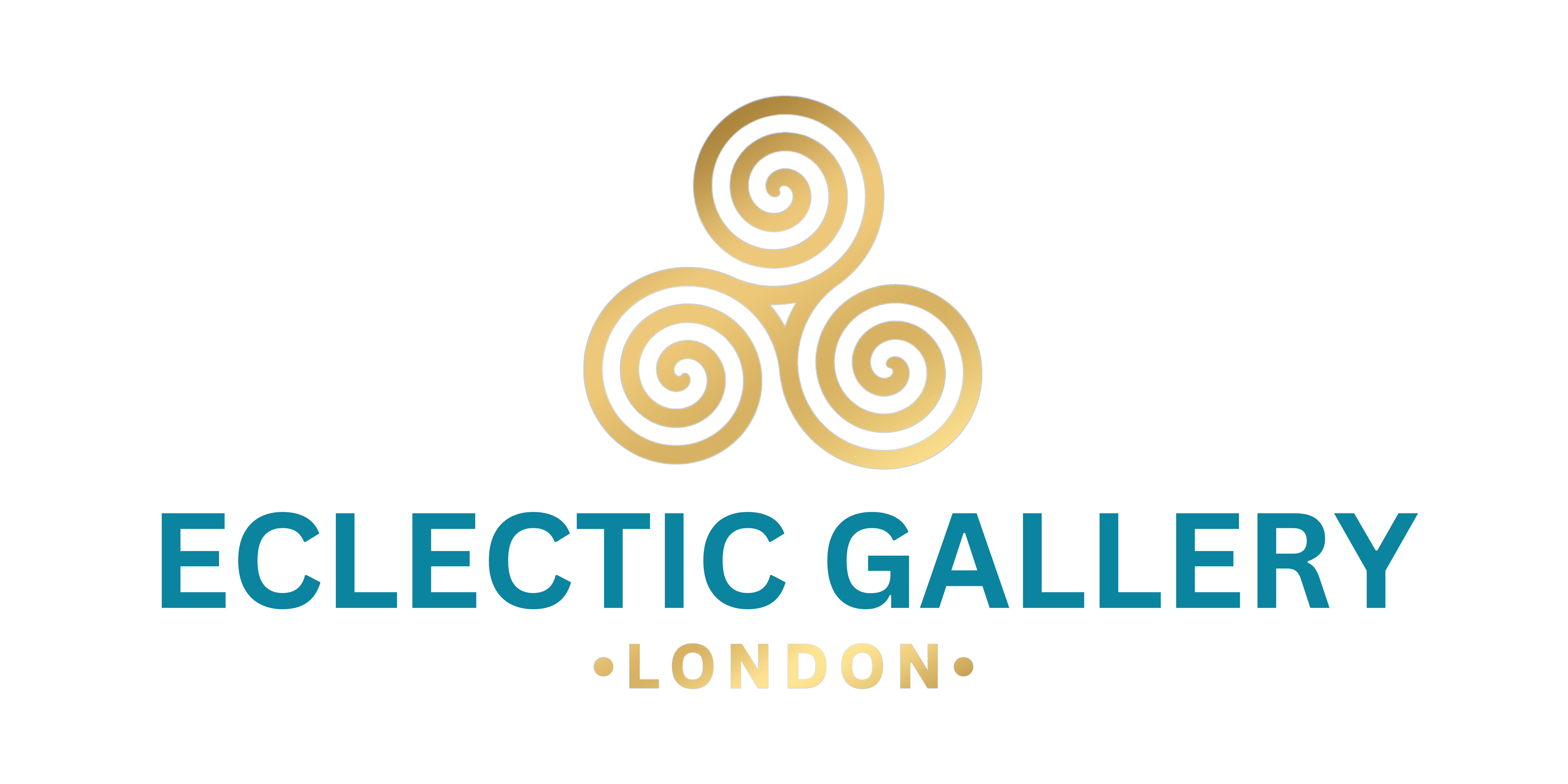Artistic expression comes in many forms, with figurative art and abstract art representing two prominent styles that have captivated audiences throughout history. In this article, we will delve into the distinctions between figurative and abstract art, exploring their unique characteristics and the impact they have on the viewer. To illustrate these differences, we will examine the works of Chris Lyter, an acclaimed abstract artist, and Alexey Golovin, a renowned figurative artist. By embarking on this artistic journey, we will gain a deeper appreciation for the diverse and captivating world of art.
Figurative art is rooted in the representation of recognizable objects, people, or scenes. It embodies a sense of realism, often portraying subjects with detailed precision. Alexey Golovin, a master of figurative art, skilfully captures the human form in his works. His paintings depict individuals with expressive faces, evoking emotions and narratives that resonate with viewers. Golovin's meticulous attention to detail and his ability to bring life to his subjects exemplify the essence of figurative art.
In stark contrast, abstract art deviates from the realm of realistic representation. It emphasizes shapes, colours, lines, and textures to evoke emotions and stimulate the imagination. Chris Lyter, an accomplished abstract artist, employs bold brushstrokes and vibrant colours to create captivating compositions that transcend literal interpretations. His artworks invite viewers to explore their own interpretations and personal connections, as the absence of recognizable objects allows for an open-ended visual experience.
Figurative art celebrates the beauty of the human form and the power of storytelling. Through the masterful use of proportions, gestures, and expressions, figurative artists like Alexey Golovin convey narratives that reflect the human experience. By capturing moments frozen in time, figurative art allows us to connect with the subjects on an emotional level. Golovin's works are a testament to the enduring appeal of figurative art, inviting us to explore the complexities of the human condition.
Abstract art, on the other hand, encourages viewers to embark on a visual journey free from the constraints of the physical world. Chris Lyter's abstract compositions ignite the imagination and evoke a range of emotions through the interplay of colours, textures, and forms. Each viewer can interpret Lyter's artworks differently, as they are not bound by a specific subject matter. Abstract art challenges us to explore our own perceptions and embrace the beauty of ambiguity.
While figurative and abstract art may seem worlds apart, they are not mutually exclusive. Many artists have incorporated elements from both styles, blurring the lines between representation and abstraction. This fusion allows for a dynamic interplay between the recognizable and the intangible, creating artworks that engage viewers on multiple levels.
Figurative art and abstract art each hold a unique place in the vast realm of artistic expression. While figurative art captures the familiar and tells stories through recognizable subjects, abstract art challenges us to explore the depths of our imagination and emotions. Through the works of artists like Alexey Golovin and Chris Lyter, we witness the diverse ways in which artists push the boundaries of their chosen styles. As we embark on this journey into artistic style, we come to appreciate the rich tapestry of human creativity and the profound impact it has on our perception of the world.


